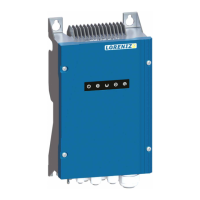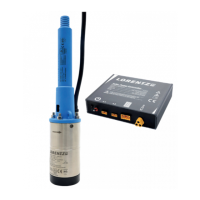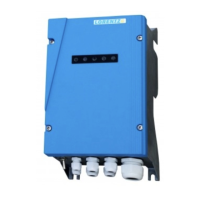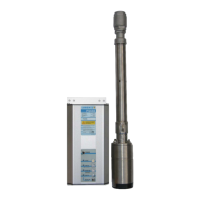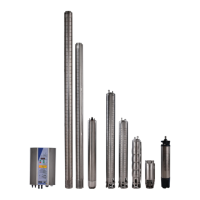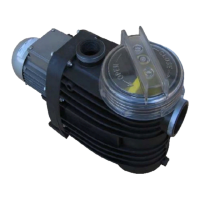


Do you have a question about the Lorentz PS200 and is the answer not in the manual?
| Brand | Lorentz |
|---|---|
| Model | PS200 |
| Category | Water Pump |
| Language | English |
Covers voltage limits, proper controller use, and installation by qualified personnel.
Addresses pump sensitivity to heat, dirty water, and freeze protection needs.
Critical for performance, choose a location with unrestricted sun exposure.
Location, protection from heat, mounting, conduit use, sealing, battery system considerations.
Explains why grounding is critical and details effective discharge path methods.
Covers interconnecting metal components and making earth connections for safety.
Covers floating systems, wiring techniques, and additional protection measures.
Discusses series/parallel connections, safe wiring practices, and wire types.
Details on installing the probe, its principle of operation, and automatic restart features.
Explains float switch types (NO/NC) and how to connect them for tank shutoff.
Instructions on setting the controller for battery operation and connecting batteries.
Guidance on DC circuit wire sizing and the low-voltage disconnect function.
Crucial safety warnings about applying grease, heat exposure, and siphon effects.
Common causes for pump not running, including wiring, power, and motor issues.
Checks for proper array orientation, shading, wiring integrity, and connection security.
Inspecting for damage, loose connections, and verifying probe/switch functionality.
Procedures for testing open-circuit voltage, short-circuit current, and voltage under load.
How to test motor circuit resistance and measure AC running current for diagnostics.
Checks for array issues, correct pump selection, pipe/wire sizing, and leaks.
Investigating causes for reduced flow over time, such as wear or sediment.
Illustrated guide for testing solar array voltage and current under various conditions.


